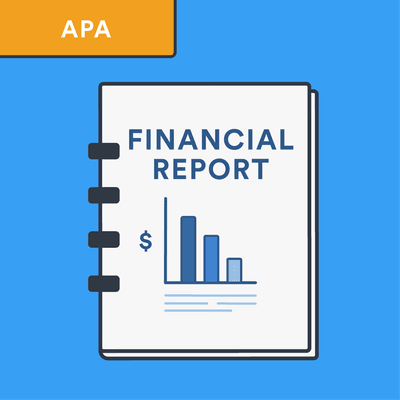Numerous financial calculators also consist of an NPV function. "A geek like me, I have it on my i, Phone. I like to understand it's in my pocket," says Knight. Even if you're not a math nerd like Knight, it's handy to understand the math behind it. "Even skilled analysts might not keep in mind or comprehend the math but it's rather wesleyan financial straightforward," he states. The calculation appears like this: This is the amount of the present worth of cash circulations (favorable and negative) for each year associated with the investment, marked down so that it's revealed in today's dollars. To do it by hand, you initially determine today worth of each year's predicted returns by taking the predicted capital for each year and dividing it by (1 + discount rate).
Then add them together. That will be today value of all your forecasted returns. You then subtract your initial financial investment from that number to get the NPV. If the NPV is negative, the task is not an excellent one. It will eventually drain cash from the organization. Nevertheless, if it's favorable, the job needs to be accepted. The larger the positive number, the higher the advantage to the business. Now, you may be wondering about the discount rate - What happened to household finance corporation. The discount rate will be company-specific as it relates to how the company gets its funds. It's the rate of return that the investors expect or the cost of obtaining cash. Please take care that you do not match your discount rate to the assessment you wish to see. However rather, you ought to approach the valuation and discount rate procedure as a method to poke and prod to find the reasonable worth range of a stock. I encounter individuals who use our Old School Worth DCF design and go into numbers to match what they want to see. The outcome isn't great naturally. Do not validate the purchase of a business even if it fits the numbers. Don't fool yourself into thinking that a low-cost company will yield great returns since you have actually used some cool numbers.
Not for corp finance, MBA or CFA study. Discount rates WILL impact your assessment, Discount rate rates are generally vary bound. You will not use a 3% or 30% discount rate. Normally within 6-12%. For financiers, the expense of capital is a discount rate to value a company. Discount rates rates for investors are required rates of returns, Correspond in how you choose your discount rate, Don't forget margin of security. A high discount rate is not a margin of safety.
To determine a financial investment's net present value (NPV), you need to first identify its discount aspect. Simply put, the discount element measures today worth of a financial investment's future worth. Learn what this suggests, how to compute discount aspect, and how it's applied in financing below. The discount rate element formula provides a method to calculate the net present value (NPV). It's a weighing term used in mathematics and economics, increasing future income or losses to figure out the exact aspect by which the worth is multiplied to get today's net present worth. This can be applied to goods, services, or investments, and is often utilized in corporate budgeting to determine whether a proposal will include future worth.

The discount rate element and discount rate are closely wesley & co related, but while the discount rate looks at the existing worth of future cash circulation, the discount aspect applies to NPV. With these figures in hand, you can forecast an investment's expected revenues or losses, or its net future worth. As you can see from the breakdown above, there are numerous uses of the discount rate element: To compute net present value, To help with financial modelling, To finish a reduced money flow analysis, As a result, this useful little formula could be utilized by everybody from insurance provider to investors. The basic discount rate element formula is: Discount rate Aspect = 1/ (1 * (1 + Discount Rate) Duration Number) To use this formula, you'll need to discover the regular interest rate or discount rate - Why are you interested in finance.
The Buzz on How To Get Finance With Bad Credit

You'll also require to understand the overall variety of payments that will be made. You can develop a discount rate element design template or table in Excel to work out these estimations, by getting in the formula above with your own figures. For example, a table may appear like this: B C D E F 2 Period 1 2 3 4 3 Undiscounted Capital $100,000 $100,000 $100,000 $100,000 4 =1/1 *( 1+$ C$ 4) C2) =1/1 *( 1+$ C$ 4) D2) =1/1 *( 1+$ C$ 4) E2) =1/1 *( 1+$ C$ 4) F2) 5 0. 93 0 - Which results are more likely for someone without personal finance skills? Check all that apply.. Click for more 86 0. 79 0. 74 This shows the decreasing discount aspect over time, whether it's a yearly discount aspect or a much shorter time frame to show your accounting period.
For an interest rate of 5%, the discount rate element would be 1 divided by 1. 05, or 95%. As soon as you have your discount rate factor and discount rate determined, you can then use them to figure out an investment's net present value. Add together today worth of all positive capital, subtracting the present value of unfavorable money flows. Applying the rates of interest, you'll end up with the net present worth. There are lots of discount aspect calculators that will use these solutions, or you can use Excel for an analysis. Comprehending the discount aspect is valuable as it provides a visual representation of the impacts of compounding over time.